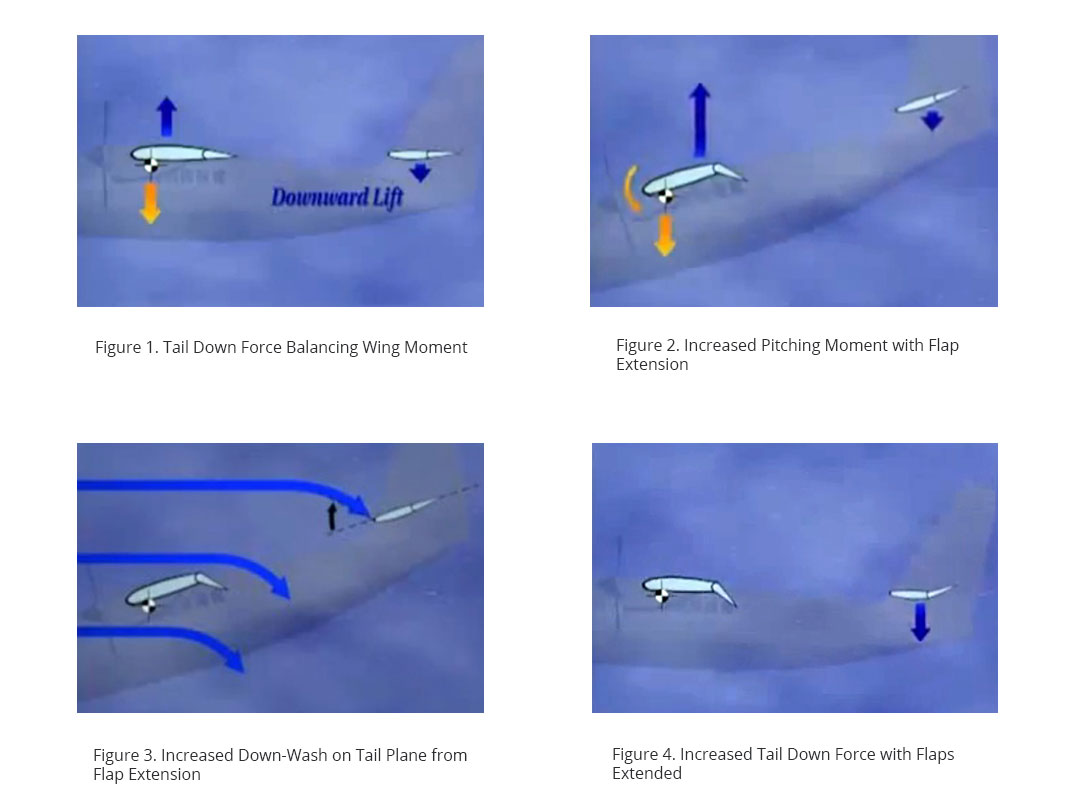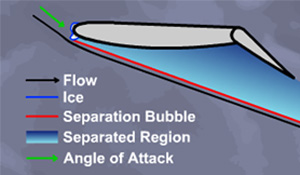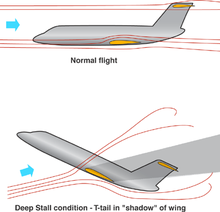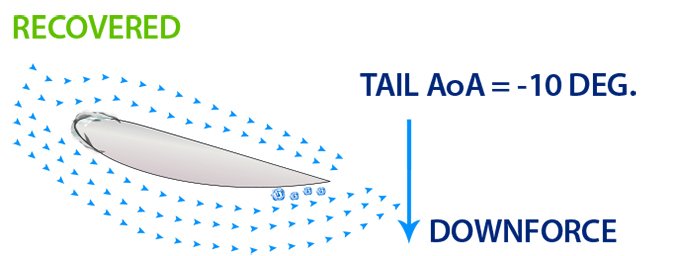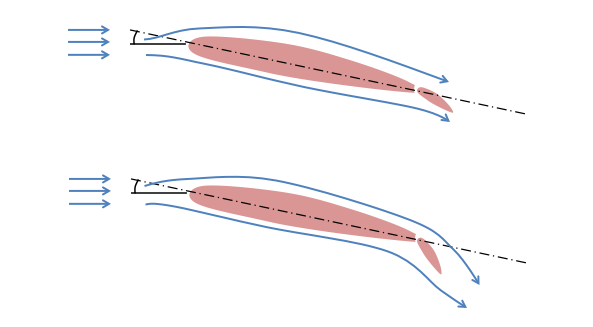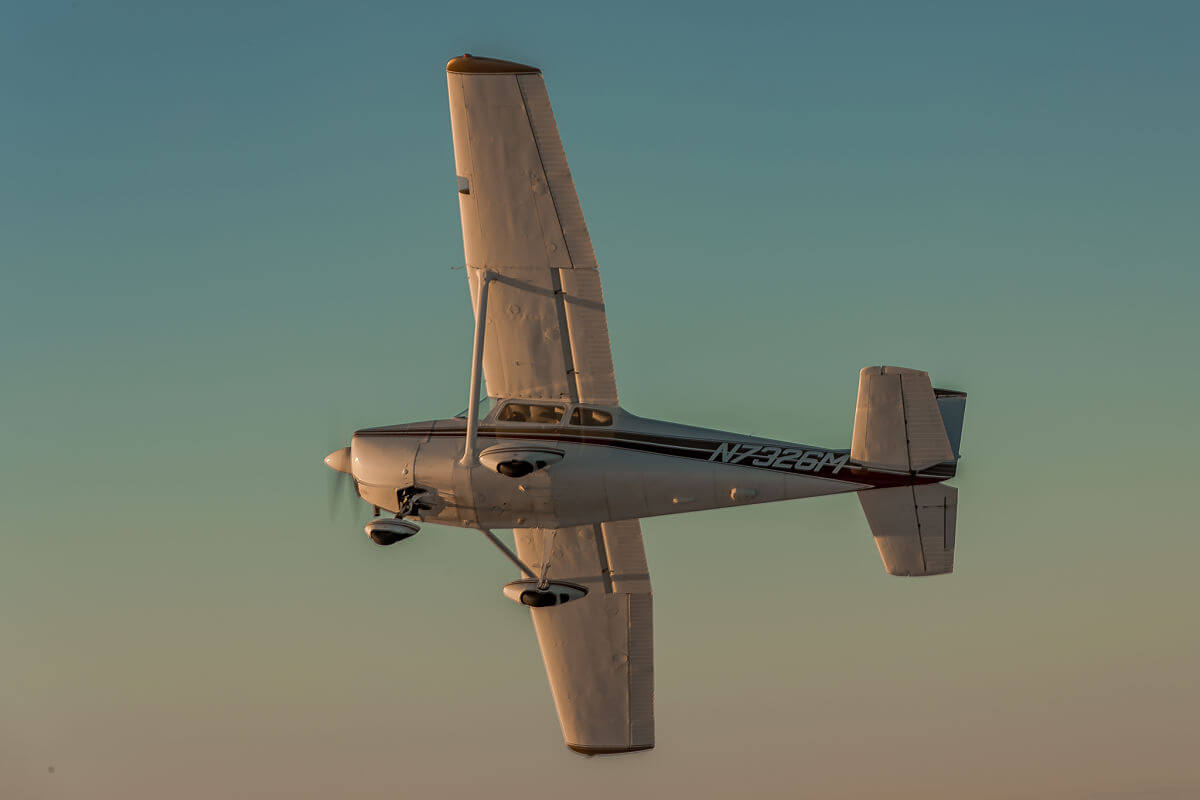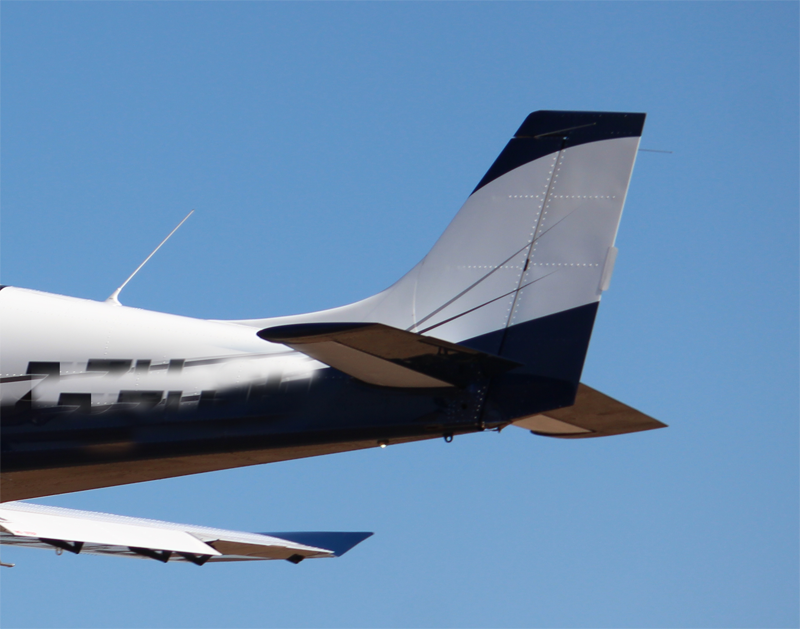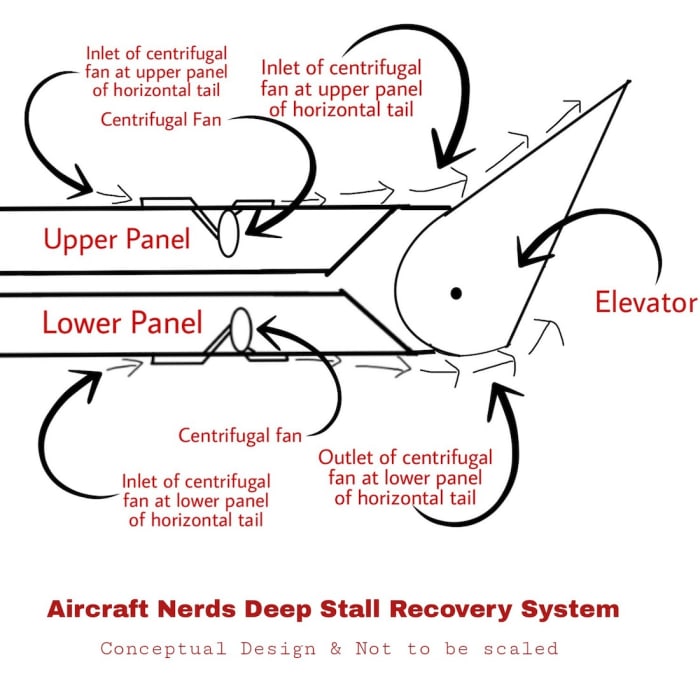Stunning Info About How To Recover From A Tail Stall

Pull yoke back (opposite to action for a wing stall recovery).
How to recover from a tail stall. I was talking to a buddy of mine who flys the bombardier q300, if you experience a stall in a t tail, you follow the tail stall checklist, immediately pull back on the yoke. The quickness of the yoke movement should correspond with the abruptness of the stall. This reduces angle of attack of the tailplane and moves.
Power to idle the first step in spin recovery is reducing your throttle to idle. In a normal stall, you add. Generic stall recovery at recognition reduce angle of attack.
The cg far back will certainly be a good reason to have one of this type of stall. In its extensive research project on tail stall issues in 1998, nasa recommended that if flaps are used, they should be deployed at an altitude permitting recovery from any. If you miss the warning signs and do end up with a tail stall, retract flaps if deployed, reduce power and apply up elevator, possibly against extreme resistance.
This is aircraft specific based on engine location in relation to cg and how power changes angle of. Nowadays the fighter jets are prone to get. If you miss the warning signs and do end up with a tail stall, retract flaps if deployed, reduce power and apply up elevator, possibly against extreme resistance.
But why would you take power out when you're already stalled? Recognizing icts most of us will never encounter an icts because we don’t fly in icing. In this video, i'm showing you what is a super stall which is also known as a deep stall and i'll also tell you that why is it so dangerous(as you can't reco.
Recovering from a tailplane stall requires pitching the nose up, not down. Reduce the angle of attack.



